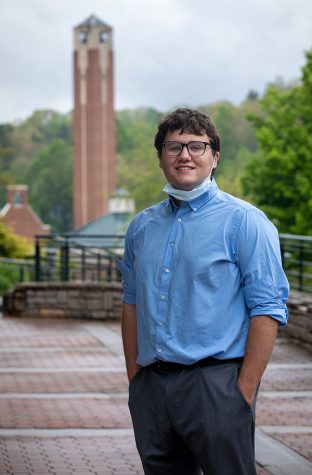According to the 2016 Gallup News poll on trust in the media, only 32 percent of Americans say they trust the media, which is down from 40 percent in 2015.
The Gallup News poll on trust in media has been done every year since 1997 when it was then 53 percent.
The poll took into account different political parties. It found that Democrats at 51 percent and Independents at 30 percent had changed the least amount, changing by 4 percent and 3 percent respectively. Republicans were found to have the biggest change from 32 percent to 14 percent.
What has caused this decline in trust? Bias and fake news are some key factors.
News media has been criticized by high profile people, most notably President Donald Trump. Even news organizations are criticizing each other, such as Fox News and CNN.
Trump claims that the media is targeting him and his administration with “Fake News.” Is it really fake news or just biased news coverage?
Webster Dictionary defines bias as an inclination of temperament or outlook, especially a personal and sometimes unreasoned judgment.
It can also be considered a prejudice against something.
This can range from a bias against people who like pineapple on pizza, to biases against women, race or sexual orientation.
News organizations from CNN, MSNBC, NPR, The Guardian and CBS News, to Fox News, The Drudge Report, Breitbart, The Blaze and the Wall Street Journal are all different organizations that report on the same stories.
Two headlines were run after Hurricane Maria. They came from two different news organizations that highlight this bias in journalism.
Fox News and CNN both ran headlines about San Juan mayor, Carmen Yulin Cruz, and the tweets from President Trump. Fox news ran the headline “San Juan mayor in hurricane spotlight after Trump tweets” while CNN ran “Trump’s new Twitter target: San Juan’s mayor.”
Both article headlines are about the same thing, but the headline tells a different story. The Fox News headline makes it seem like President Trump tweeted some nice things about Mayor Cruz. CNN’s headline makes it seem like President Trump is viciously targeting a government official on Twitter.
According to Forbes, 59 percent of links that people share on social media are not actually clicked on. That means that 59 percent of people share links solely based on what they read in the headline. This makes a headline one of the most important parts of a news article.
Biases can be very small in a news organization, or the news organization can be viewed as biased one way or the other.
The way a news organization portrays its news or how the organization is viewed can influence their viewers.
Joel Turner, author of “The Messenger Overwhelming the Message: Ideological Cues and Perceptions of Bias in Television News,” hypothesized that by attaching a label to a news organization it would affect how the viewer would perceive their news.
Turner proved this by taking five stories from Fox News and CNN and switching up what organization did the story. He found that one’s perceptions of the news relies heavily on what label is placed on the news organization.
President Trump’s media relationship has not been the friendliest, as he attacks those that negatively report him and praises those that say he does anything good. He has even gone as far as giving out awards.
“The Fake News Awards, those going to the most corrupt & biased of the Mainstream Media will be presented to the losers on Wednesday, January 17th, rather than this coming Monday. The interest in, and importance of, these awards is far greater than anyone could have anticipated!” Trump tweeted on Jan. 7.
With a growing mistrust of the media it is more important than ever to make sure bias stays out of journalism as much as possible.
According to the American Press Institute, to help ensure bias is not rampant in a news organization a journalist needs to be conscious of the bias that may be faced in a given story. The journalist needs to know whether or not the bias is important to the story and if it is appropriate to use.
More importantly, a journalist needs to be aware of their own personal biases and guard against them when writing a story.
Moss Brennan is a freshman journalism major from Durham, North Carolina. You can follow him on Twitter at @mosbren
Graphic by: Nora Smith, Graphics Editor


